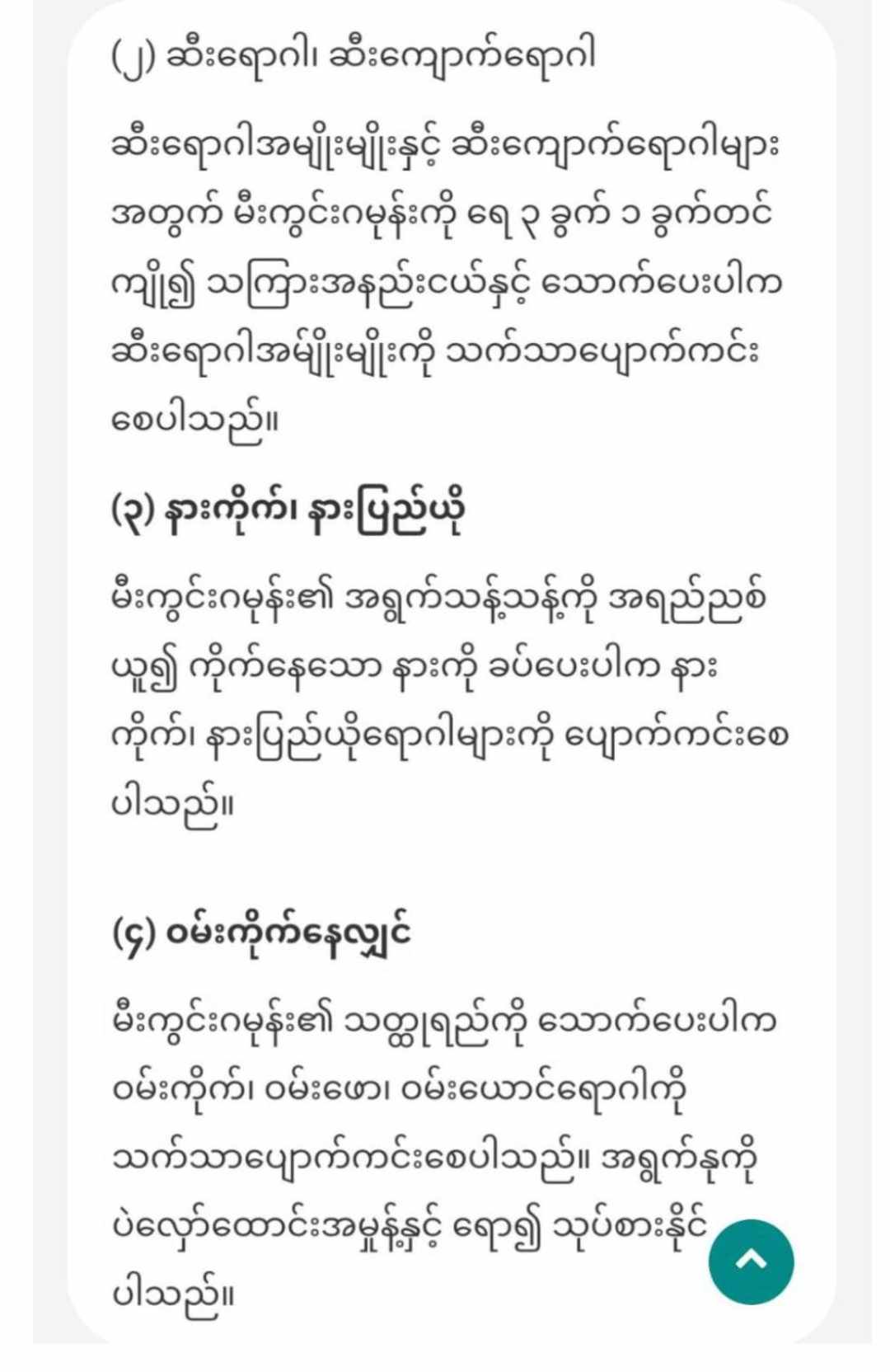If your net operating loss in a year is limited, you can use all or part of that loss in future tax years through a process called loss carryforward. The carryover amount is the amount by which your NOL deduction exceeds your adjusted taxable income for the year, subject to the 80% limit for 2021 and beyond. You cannot claim an NOL deduction for NOL carryovers to the current or subsequent NOL, and your revised taxable income cannot be less than zero. Calculating net operating losses and loss carryforwards is complicated. Get help from a licensed tax professional for this part of your tax return.






A commercial loss related to the operation can offset other income to allow the owner to reduce his or her tax bill. For example, a business owner’s Schedule C might show an operating loss of $10,000 and the owner’s other taxable income of $45,000. If the full amount of business losses were allowed, the owner’s net taxable income would be $35,000. Capital losses result from the sale or exchange of capital assets, such as commercial vehicles, equipment or buildings, or intangible assets such as patents or licenses. You can only deduct losses up to the amount of capital gains (or $3,000 if the net loss exceeds $3,000).
If your total deductions for a year, including business tax deductions, are greater than your total income for a year, you may have a net operating loss (NOL), is limited to 80% of excess taxable income, especially this year. . Excess losses are calculated by starting with the company’s net income for the year and subtracting all such unauthorized deductions and losses:
Trading losses can also be limited due to risky activities, and passive activities can also affect the amount of trading losses you may incur.
Passive activity means that the business owner has not actively participated in managing the business on a regular, continuous and significant basis. For example, an owner who leases real estate is considered a passive owner, even if he or she participates in management, while a limited partner in a general partnership is considered a passive investor. .
The at-risk business rules limit the amount of business losses to the net deductions allowed to the business for the year, including depreciation and tax amortization.



